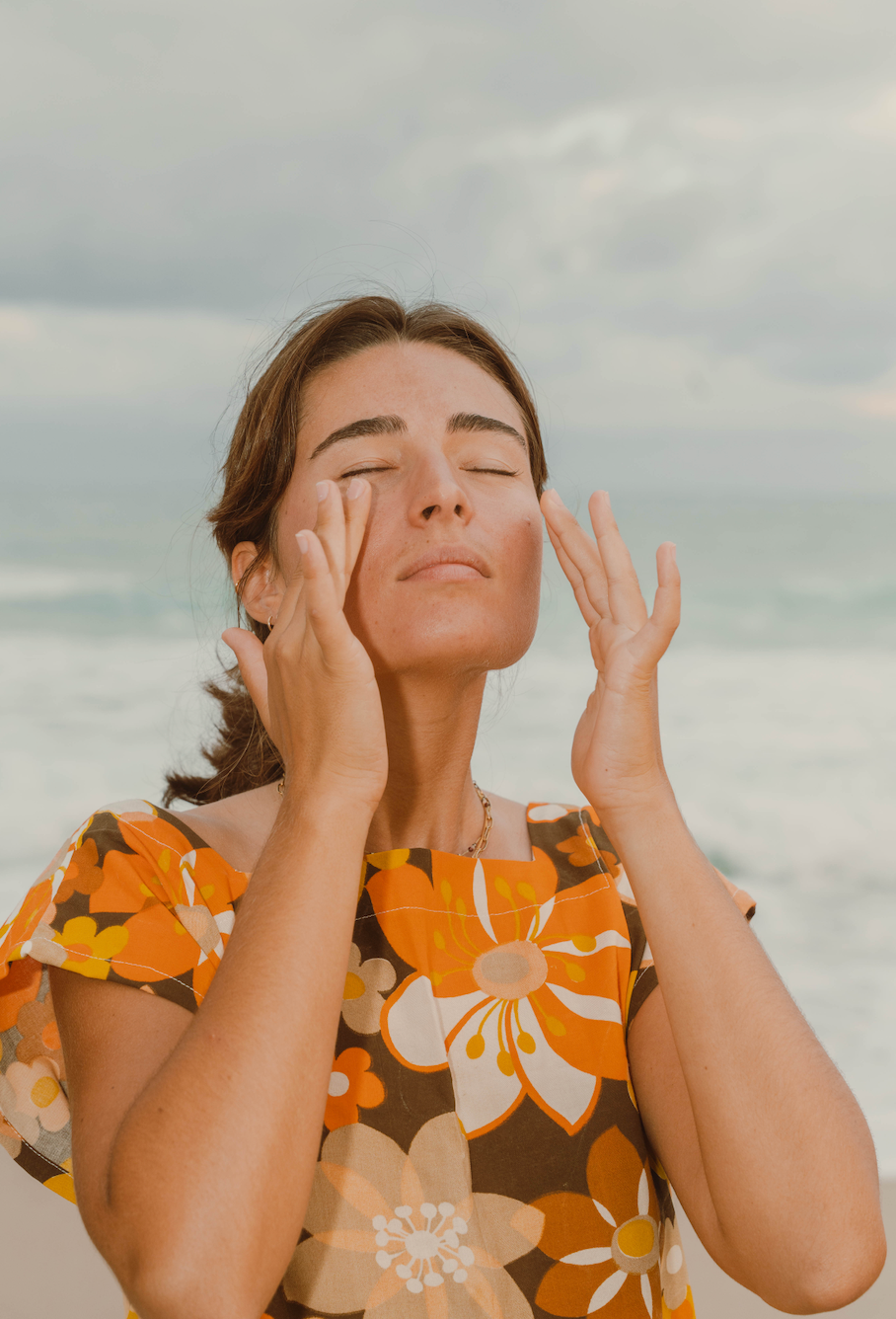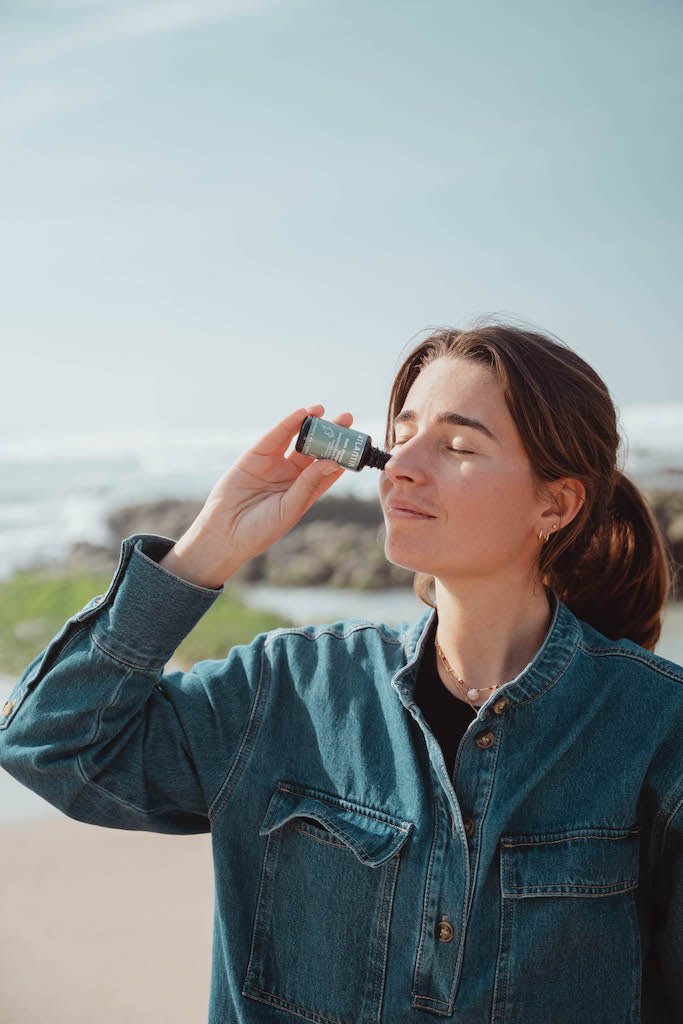Sun, health and oceans: the dilemma and complexity of sunscreens

Every summer, this dilemma comes up on our beach towels: how can we effectively protect ourselves from the sun while respecting our health and the oceans?
According to the UN, nearly 14,000 tons of sunscreen are dumped into the oceans each year. Historical chemical filters, such as oxybenzone and octinoxate , are largely implicated.
For a long time, the choice came down to two options: "natural" mineral filters based on titanium dioxide or zinc oxide, and these traditional chemical filters, often criticized for their potential toxicity and impact on corals.
And a new generation of molecules has arrived, it can change the game.
Mineral filters have long been touted as the ideal eco-friendly alternative. They reflect UV rays using fine particles, sometimes in nano-sized form to prevent the white cast. And these nanoparticles raise questions: possible inhalation in sprays, limited but not zero skin penetration, and above all uncertainties about their persistence in aquatic environments.
And on an environmental level, they are not without impact: some of these particles are deposited on the seabed and can affect certain benthic organisms, potentially disrupting organisms living on the seabed.
As for "historical" chemical filters like oxybenzone or octinoxate, the controversy is well known. Several studies have shown their ability to disrupt the development of corals and sea urchins, to the point that some countries and archipelagos have banned their use. Added to this are suspicions of endocrine-disrupting effects and sometimes poor photostability, requiring heavier formulations and frequent applications.
So, what's the trade-off? For several years, three molecules have been attracting the interest of formulators and dermatologists alike: DHHB , EHT , and BEMT . Their chemical names—Diethylamino Hydroxybenzoyl Hexyl Benzoate, Ethylhexyl Triazone, and Bis-Ethylhexyloxyphenol Methoxyphenyl Triazine—are less glamorous than their promises. But together, they offer broad-spectrum UVA-UVB protection, are highly photostable, and show no known hormonal effects at authorized doses.
In Europe and Asia, they are now common in modern sunglasses, often combined with other recent filters such as MBBT.
And what about the environment? Well, these filters seem much more respectful of marine ecosystems. Tests on sea urchin and coral embryos show significantly reduced impacts compared to older filters. Their low solubility and the ability to formulate creams with a lower total filter concentration further reduce the risk of contamination. Tools like the EcoSun Pass, which assesses the ecological footprint of sunscreens, rank these combinations among the most virtuous.
But not everything is perfect. DHHB, for example, must be purified to avoid any traces of Dn-hexylphthalate, a regulated contaminant. And, even if their marine toxicity appears low, science still lacks perspective on the persistence of these molecules and their degradation products in the environment.
Finally, for you users, the good news is that these filters allow for light, invisible textures on the skin, without compromising health or the ocean.
Your best reflex will remain to choose products formulated without oxybenzone or octinoxate, and undoubtedly by favoring these new generation filters, perhaps associated with a mineral filter, and to apply common sense rules that you certainly have : avoid spreading it on just before swimming and especially prefer shaded areas during the hottest hours.
Ultimately, the ideal sunscreen doesn't exist today, but protecting your skin and the ocean shouldn't be a difficult choice. And above all, beware of the false promises we often cover up. Today, no cream will be impact-neutral.
For our part, we are in the research phase on sun protection, we will come back to you when we have the best "health & ocean" compromise.
Have a great summer and protect yourself the right way.
Atlanticement



